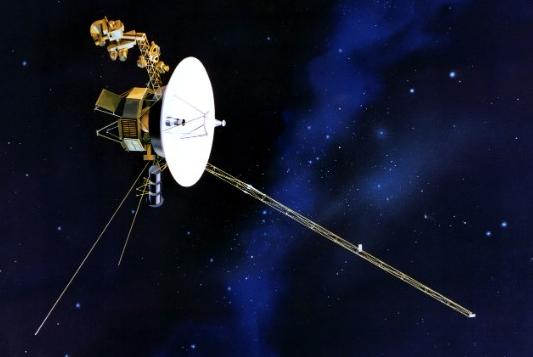SC42025 Filtering and identification
Topics: System identification using a least-squares approach
The objective of this course is to apply filtering and identification methods. The focus is both on deriving these methods and on using these methods on real-life data sequences. The course focuses on stochastic and recursive least squares, on (extended) Kalman filtering, on prediction error methods and on subspace identification. The course also includes a review of specific topics from linear algebra, dynamical system theory and statistics, that are relevant for filtering and system identification.
Study Goals
At the end of the course you should be able to:
- Apply filtering and identification methods to solve previously unseen estimation problems. As sub-learning goals you should be able to:
- Relate basic linear algebra, signal processing techniques and probability theory to physical properties of a (dynamical) system.
- Derive the solution of the stochastic and recursive least squares problems from both a Bayesian perspective and in terms of unbiased / minimum variance properties.
- Derive the Kalman filter from both a Bayesian perspective and in terms of unbiased / minimum variance properties.
- Derive subspace and prediction error identification methods.
- Motivate the steps that should be taken in the derivations.
- Apply filtering and identification methods to estimate the state and identify the model using real-life data sequences. As sub-learning goals you should be able to:
- Implement a (stochastic / recursive) least squares problem, an (extended) Kalman filter and identification methods in Matlab.
- Apply and motivate practical aspects of filtering and identification.
Teachers
M. Kok
Last modified: 2023-11-03
